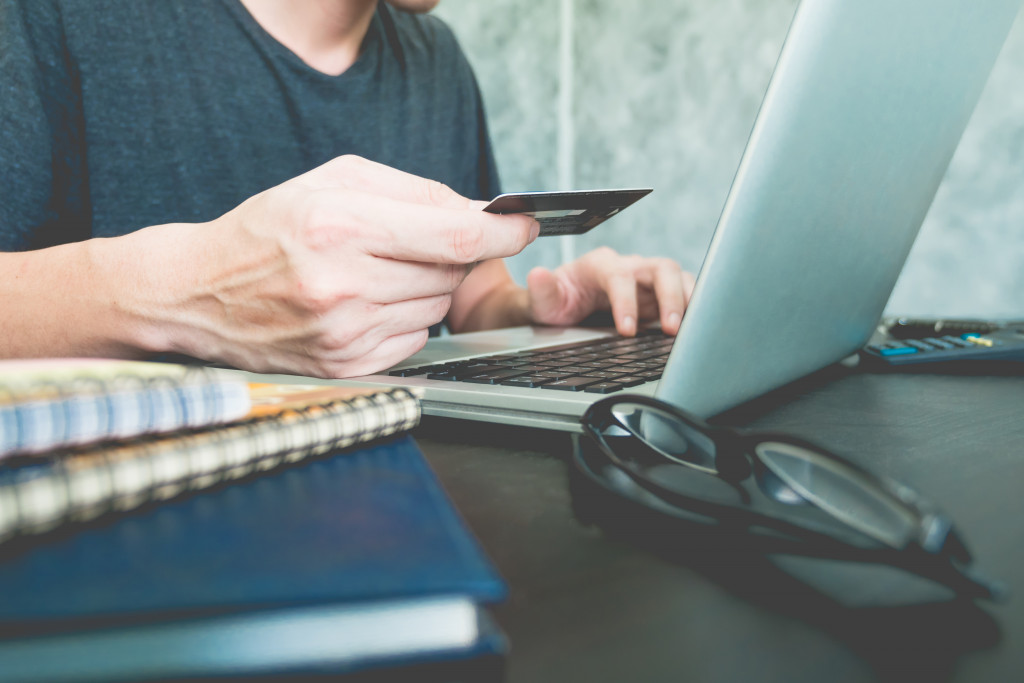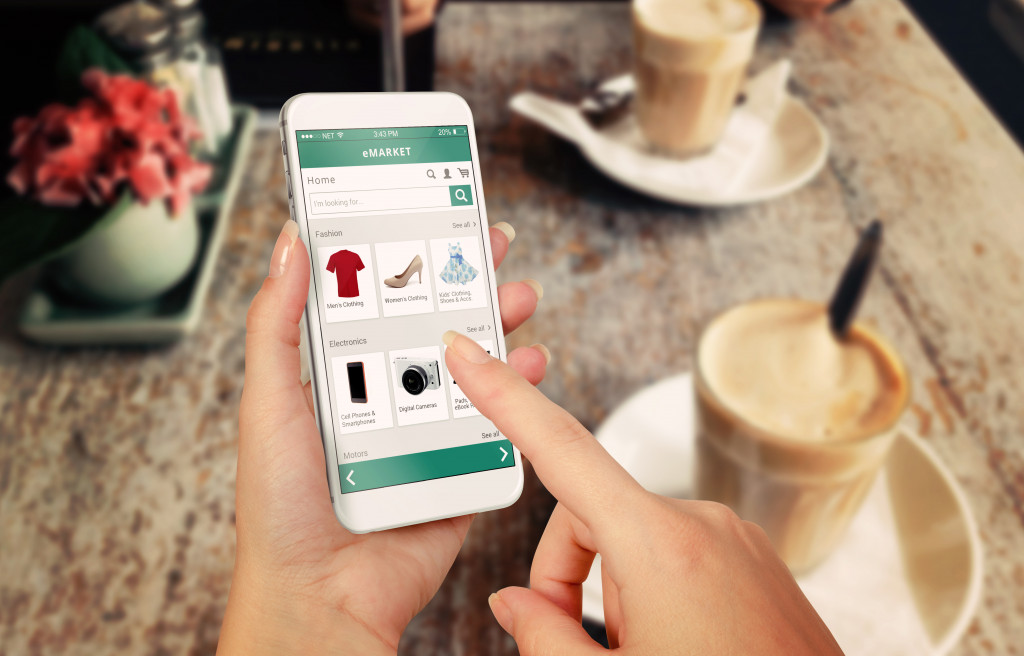The retail industry bore the brunt of the pandemic after it started. Many businesses closed after people stayed home to avoid the virus. Even as many retail stores closed, supermarkets and groceries remained open to meet the population’s needs.
But the situation forced these retailers to implement changes in the way they served their customers. Many of them offered their products online to allow them to connect with their markets. The situation also accelerated the adoption of new technologies that kept the consumers safe while they shopped.
Here are the changes that retailers had to make due to the pandemic.
Contactless Shopping
Many groceries and supermarkets implemented contactless payment systems to limit interaction between the shoppers and store personnel. While the technology existed long before the pandemic, its adoption only accelerated during the health crisis.
Some retailers use smartphone apps that allow shoppers to scan and tally up their purchases. Others removed checkout lines by using technology that scans the items shoppers pick up and debits their accounts when they leave the store.
The technology used by these retailers keeps shoppers safe from the virus since they do not need to handle paper bills and coins when they buy items from groceries and supermarkets.
Focus on Better Sanitation
The pandemic highlighted the importance of keeping groceries and supermarkets clean and sanitized. Due to this, these retailers implemented enhance sanitation procedures to ensure the safety of the shoppers and store personnel.
Aside from regular sanitation and disinfection protocols, many groceries and supermarkets increased the number of self-checkout counters. This increase resulted in changes in the store layout of these retailers. In addition to accommodating the new self-checkout counters, the store layouts also increased the aisles to accommodate social distancing among shoppers.
Some retailers also installed heavy-duty air filtrations systems in their shops and hand-washing stations in different store areas.
Bulk Shopping by Customers
The pandemic also compelled some shoppers to change their shopping behaviors. Instead of buying a smaller number of items each time they visited the store, these shoppers started buying supplies in bulk. Bulk shopping allowed them to save money and reduce the number of trips to the grocery and supermarket.
These households reduced their risk of getting infected since they do not have to go out often. To facilitate their bulk shopping needs, they should check different types of trailers available in the market. Using these trailers allows them to bring home as much groceries as they can on a single trip.
The situation also showed the disparity of wealth among consumers since the majority of the bulk shoppers were well-off. On the other hand, those who were not well-off had to take multiple trips to the groceries and supermarkets since their budgets were limited.

Increasing Popularity of E-Commerce
Many states implemented shelter-in-place directives when the pandemic started. Due to this, people started shopping online for their needs. This limited trips to physical stores and increased the popularity of e-commerce in the market.
Due to this, retailers worked on increasing their online presence to connect with their customers. They also offered grocery delivery and curbside pickup services. Some retailers also converted their stores into fulfillment centers to meet the needs of the market.
The shift to online shopping also saw the job descriptions of employees changing. Instead of restocking shelves, these employees fulfilled online orders and prepared them for delivery or curbside pickups. This required cross-training employees to ensure they had the necessary skills to meet the changes in consumer behavior during the pandemic.
Increasing Popularity of Big-Box Retailers
While malls experienced huge losses during the pandemic, big-box retailers saw their sales increasing as consumers flocked to them. These retailers offer everything from groceries to cosmetics and even children’s toys.
They allowed consumers to visit one store for all of their needs. Even as big-box retailers thrived during the pandemic, specialty stores struggled to stay afloat as people skipped visiting their physical locations and websites. Unless they offered something that big-box retailers did not offer, these specialty stores had to work hard to connect with their market and make a sale.
Increasing Popularity of Casual Clothing
Aside from groceries, people also started buying casual clothing as they changed their wardrobes to fit their work-at-home arrangements. Instead of office attire, people started buying clothing that was comfortable to wear while they worked. Sales of formal tops also increased with sweatpants since they only need to look good from the waist up.
The retail industry has experienced many changes since the pandemic started to meet the changing needs of their customers.

